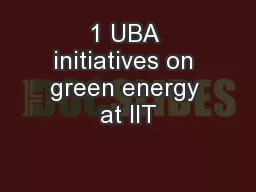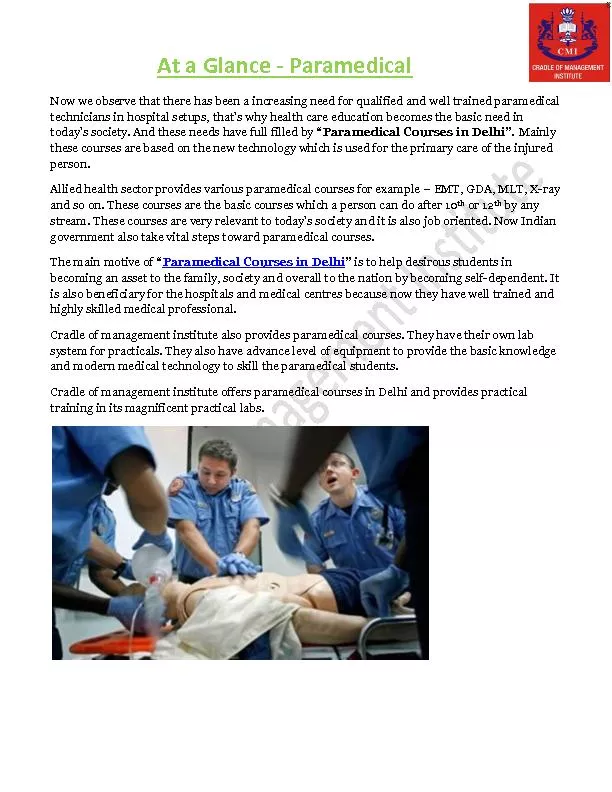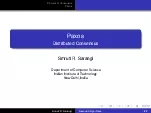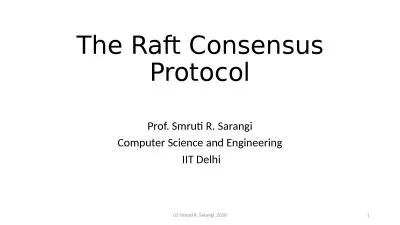
Author : tatyana-admore | Published Date : 2025-05-14
Description: Ethereum Prof. Smruti R. Sarangi IIT Delhi 1 History of Ethereum Dwork and Naor proposed the idea of proof of work way back in 1992 Vishnumurthy et al. 2003 used PoW to secure a currency. The basic idea is to make it very hard toDownload Presentation The PPT/PDF document "" is the property of its rightful owner. Permission is granted to download and print the materials on this website for personal, non-commercial use only, and to display it on your personal computer provided you do not modify the materials and that you retain all copyright notices contained in the materials. By downloading content from our website, you accept the terms of this agreement.
Here is the link to download the presentation.
"Ethereum Prof. Smruti R. Sarangi IIT Delhi 1"The content belongs to its owner. You may download and print it for personal use, without modification, and keep all copyright notices. By downloading, you agree to these terms.













